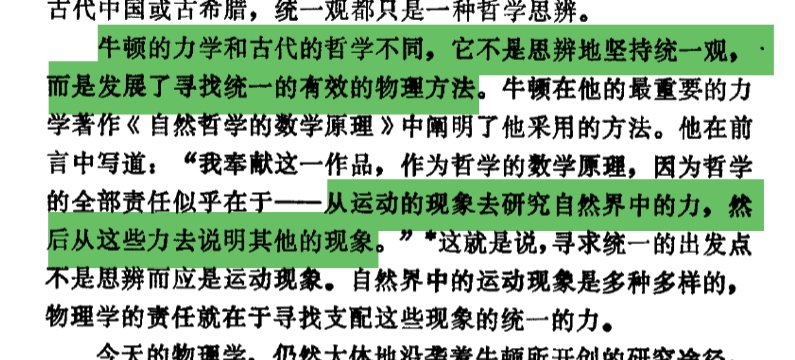Neo4J的cto,在火热朝天的大模型背景下,是如何来描绘知识图谱价值的呢?
为什么要使用知识图谱
因为不管fine tune还是rag,都不能提供具备一定置信度的正确答案(Vector-based RAG – in the same way as fine-tuning – increases the probability of a correct answer for many kinds of questions. However neither technique provides the certainty of a correct answer.)
把真正的知识(things not strings)与统计的文本技术结合,就能突破天花板。(bring knowledge about things into the mix of statistically-based text techniques)。
使用知识图谱的好处
- There’s a robust body of research proving that it gives you better answers to most if not ALL questions you might ask an LLM using normal vector-only RAG.
- That alone will be a huge driver of GraphRAG adoption. In addition to that, you get easier development thanks to data being visible when building your app.
- A third major advantage is that graphs can be readily understood and reasoned upon by humans as well as machines.
原文链接
https://neo4j.com/blog/graphrag-manifesto/
